6 Weight-Bearing Exercises to Build Bone Density
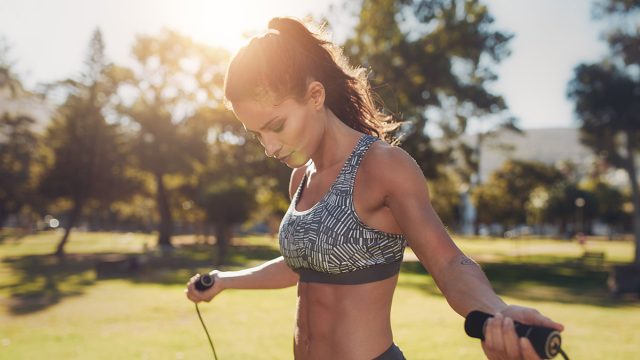
According to the current Physical Activity Guidelines for Americans, each week, adults need 150 minutes of moderate-intensity physical activity and 2 days of muscle-strengthening activity, something that works all major muscle groups (legs, hips, back, abdomen, chest, shoulders, and arms). Why are weight-bearing exercises important? Amongst the many benefits, strengthening muscles improves bone density, which becomes more and more important as we age. Do you want to add weight-bearing exercises to your routine? Here are 6 great options, courtesy of certified fitness trainer Jason Kozma, aka Mr. America, and Mr. Muscle Beach, who is a champion bodybuilder who trains clients at Santa Monica-based High-Performance Personal Training.
Walking
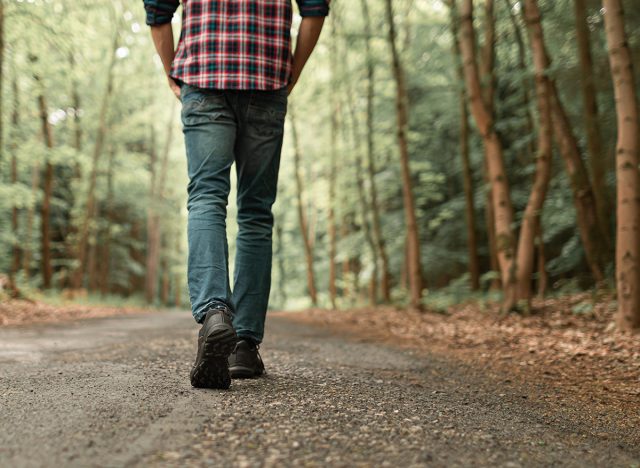
Walking is the first weight-bearing exercise that Kozma recommends. "Aim for brisk walks for at least 30 minutes most days of the week," he says. Going for a daily walk can be a game changer in terms of exercise, especially at a brisk speed. One study published in JAMA Internal Medicine found that walking at a brisk pace for about 30 minutes a day led to a reduced risk of heart disease, cancer, dementia, and death, compared with walking a similar number of steps but at a slower pace.
Dancing
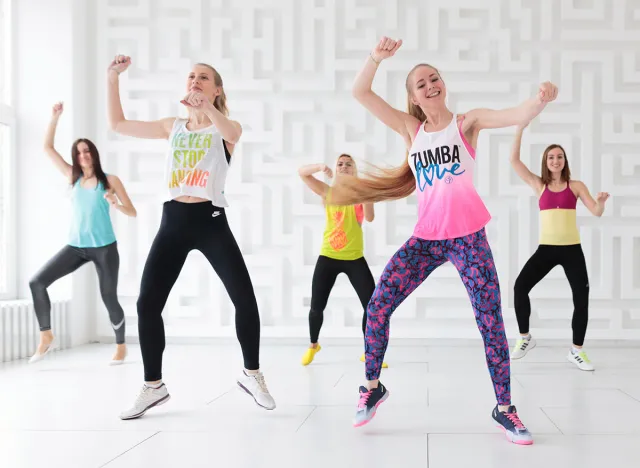
"Whether it's ballroom dancing, Zumba, or hip-hop, dancing is a fun way to get weight-bearing exercise while improving balance and coordination," says Kozma. Dancing is a great workout for many reasons. Not only does it build strength and promote flexibility, but helps you lose weight and even promotes cardiovascular function. A 2016 study published in the American Journal of Preventive Medicine determined that people who engaged in moderate-intensity dancing were 46 percent less likely to develop heart disease or die from it than non-dancers. In comparison, moderate-intensity walkers were just 25 percent less likely to suffer heart health issues.
Strength Training
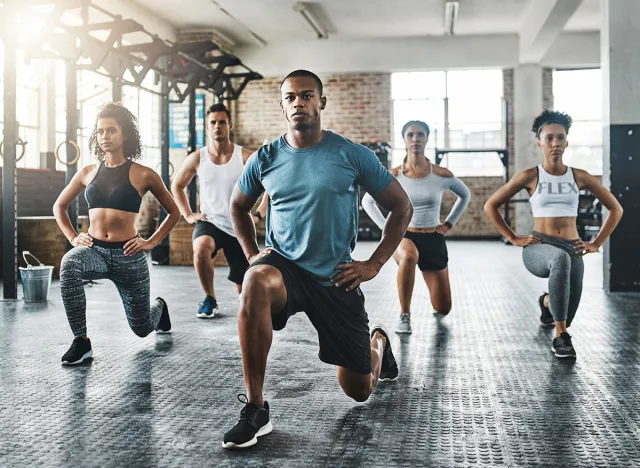
Strength training is a no-brainer. "Exercises using resistance bands, free weights, or weight machines can help build bone density. Focus on exercises that target major muscle groups like squats, lunges, and deadlifts," he says. According to the Mayo Clinic, strength and weight training help reduce body fat, preserve and increase lean muscle mass, and burn calories more efficiently. Strength training may also help you:
- Develop strong bones
- Manage your weight
- Enhance your quality of life
- Manage chronic conditions
- Sharpen your thinking skills
Stair Climbing
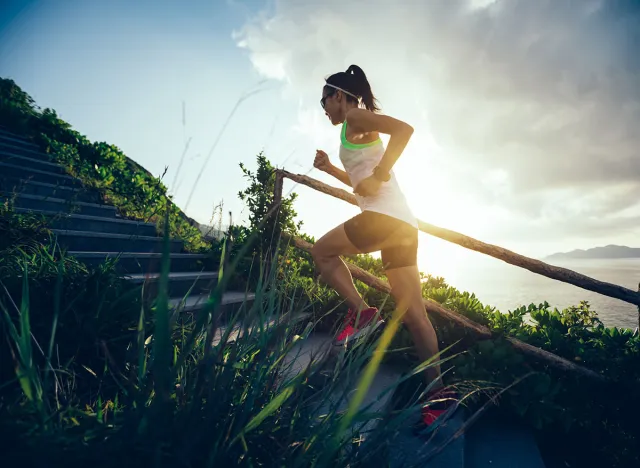
"Climbing stairs is a weight-bearing activity that also provides a cardiovascular workout. Real stairs or an exercise machine," says Kozma.
RELATED: This Is Exactly How to Lose Body Fat This Year
Hiking
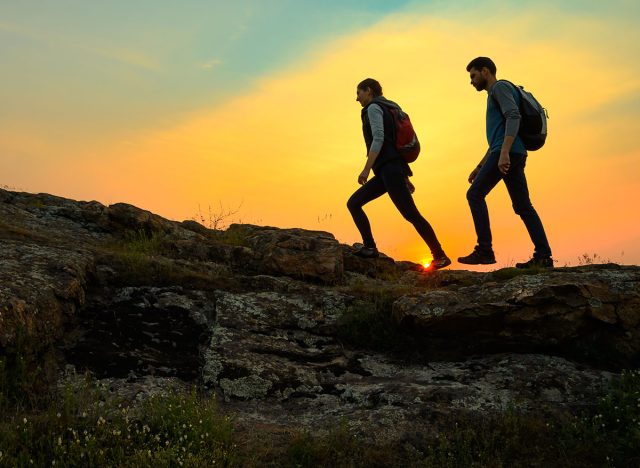
Hiking is another great outdoor option. "Hiking over uneven terrain provides a great weight-bearing workout while also connecting you with nature. Look for trails with varied elevations for an extra challenge," Kozma recommends. According to the National Parks Service, the physical benefits of hiking include:
- Building stronger muscles and bones
- Improving your sense of balance
- Improving your heart health
- Decreasing the risk of certain respiratory problems
Jumping Rope

Jumping rope is a high-impact exercise that can help build bone density, especially in the lower body, according to Kozma. "Start with short intervals and gradually increase as your fitness improves," he says.
RELATED: Boost Collagen and Elasticity in 1 Month With This Supplement
Consult with a Healthcare Professional

While all of these workouts should be safe, "remember to consult with a healthcare professional before starting any new exercise regimen, especially if you have any existing health conditions or concerns about bone health," says Kozma.
💪🔥Body Booster: Aim for brisk walks for at least 30 minutes most days of the week. Going for a daily walk can be a game changer in terms of exercise, especially at a brisk speed.




